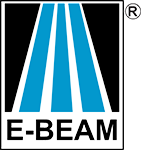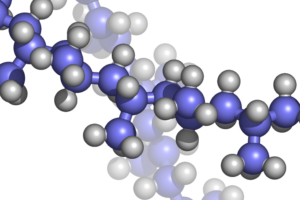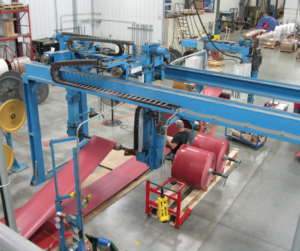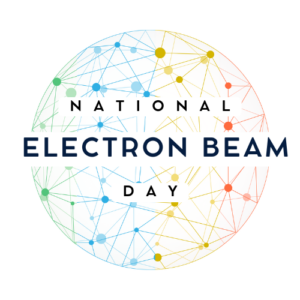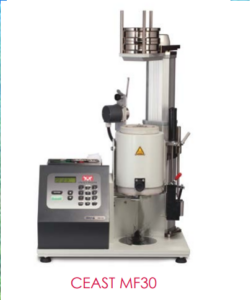This is the first of a three part series highlighting the advantages of long chain branching and crosslinking – – valuable modifications made by electron beam treatment.
History
Linear low density polyethylene (LLDPE) has been used in extrusion coating and blown film since the 1950s, where its excellent melt strength created new possibilities. Polypropylene (PP) brought alternative solutions: with better surface characteristics, tensile properties, hardness, and stiffness, PP began to see widespread use. However, PP suffered from poor sag resistance and strain hardening.
In the 70s and 80s, special blends or “alloys” of PP and highly branched LDPE (as well as compatibilizers) were offered and opened material attributes that were previously unavailable. While it was an improvement, these composites still had flaws. High concentration of the linear PP components limited maximum drawability. Heat resistance was also compromised by the LDPE components.
In the 1990’s, 100% longchain branched PP was created by bombarding conventional PPs with an electron beam. These new PP products now had the inherent PP advantages, as well as high melt strength. Electron beam technology was creating new opportunities for rheology control – – via branching and chain scissioning.
So what does this mean?
At E-BEAM Services many applications for electron beam technology are being developed and commercialized. Electron beam branching and chain scissioning offer material enhancements beyond the original specifications of many polymers . This adds to the innumerable commercial successes using electron beam to crosslink polyethylene.
Over the next several months, we will be sharing our results – – demonstrating that electron beam irradiation creates superior LLDPEs. Our methods show increased sag time in thermoforming, increased hang time in extrusion blow molding, and delayed onset of melt resonance in extrusion coating. And these are just a few of the findings we will be discussing in the coming months.
If you are interested in material modification for your own projects, contact us and we can design an experiment to deliver the polymer enhancements you are looking for.
